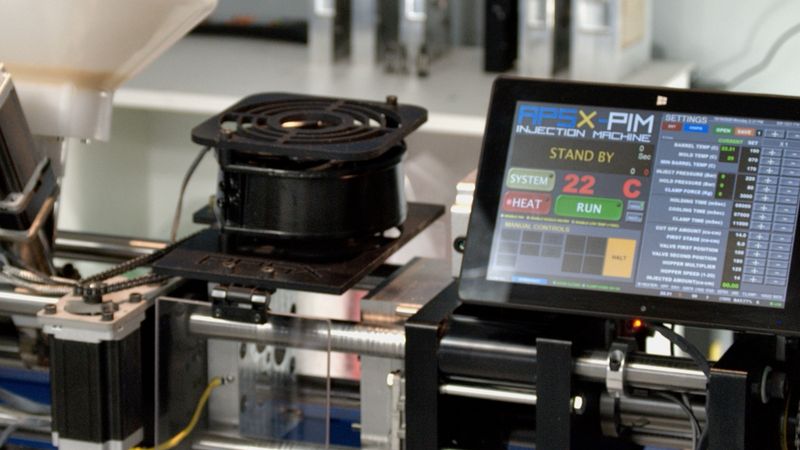The Journey from Pellet to Part: Mastering Melt Flow Rate in Injection Molding
Among the numerous factors influencing mold design and production quality, Melt Flow Rate (MFR) stands out as a key characteristic that mold makers must understand and optimize.
Plastic injection molding is a transformative process that turns raw polymer pellets into essential parts for industries worldwide. Among the numerous factors influencing mold design and production quality, Melt Flow Rate (MFR) stands out as a key characteristic that moldmakers must understand and optimize.
Why Melt Flow Rate Matters
MFR measures the ease with which a polymer flows under specific conditions of temperature and pressure. While it is often evaluated alongside Melt Flow Index (MFI), the MFR is particularly relevant in high-shear environments like injection molding. It provides insights into:
- Material Fluidity: High MFR polymers flow like water, enabling intricate part geometries. Low MFR polymers, resembling the viscosity of honey or concrete, demand greater force to fill the mold.
- Process Consistency: A stable MFR ensures uniformity between production batches, reducing defects and waste.
- Compatibility: Knowing the MFR helps match polymers to specific molding machines and processes.
Understanding MFR allows moldmakers to anticipate flow behavior, ensuring precise gate sizing, optimal venting, and appropriate runner systems.
MFR in Mold Design and Manufacturing
When starting a mold project, evaluating MFR helps answer critical design questions, such as:
- How will the polymer flow through the mold?
- Can the mold handle variations in flow due to additives or fillers?
- What cycle time is achievable with the selected material?
For example, polymers with high MFR are suited for thin-walled parts but may require tighter tolerances in vents and gates to prevent flash. In contrast, low MFR polymers are better for parts requiring high strength but may increase cycle times due to their slower flow.
Shear and Viscosity: The Bigger Picture
While MFR provides a baseline for understanding polymer behavior, moldmakers must also consider how shear and viscosity interact. Shear, the sliding of polymer layers against each other, directly affects the viscosity during the molding process.
- High Shear Rates: These typically lower polymer viscosity, making flow easier but increasing the risk of defects like gate blush or material degradation.
- Low Shear Rates: Maintain material integrity but may struggle to fill complex geometries, especially with low MFR polymers.
Thus, MFR serves as a foundational metric, but it must be paired with shear and viscosity data for comprehensive mold design.
From Pellet to Part: Optimizing the Process
By integrating MFR data with mold flow simulations, moldmakers can predict and mitigate production challenges. These simulations help identify critical factors such as:
- Knit line locations
- Optimal press size
- Cycle efficiency
The goal is to harmonize all components of the process, from the injection screw to the cooling system, for maximum reliability and performance.
A Competitive Edge with MFR Expertise
MFR knowledge empowers moldmakers to deliver solutions tailored to specific materials and applications. For instance, understanding the limitations and potential of MFR helps prevent costly redesigns, ensures consistent part quality, and strengthens customer trust.
Conclusion
Melt Flow Rate isn’t just a technical metric; it’s a gateway to smarter, more efficient mold design. By leveraging MFR alongside other material properties, moldmakers can enhance part performance, reduce production errors, and stay competitive in a demanding market. For more details, please visit us at www.apsx.com.
